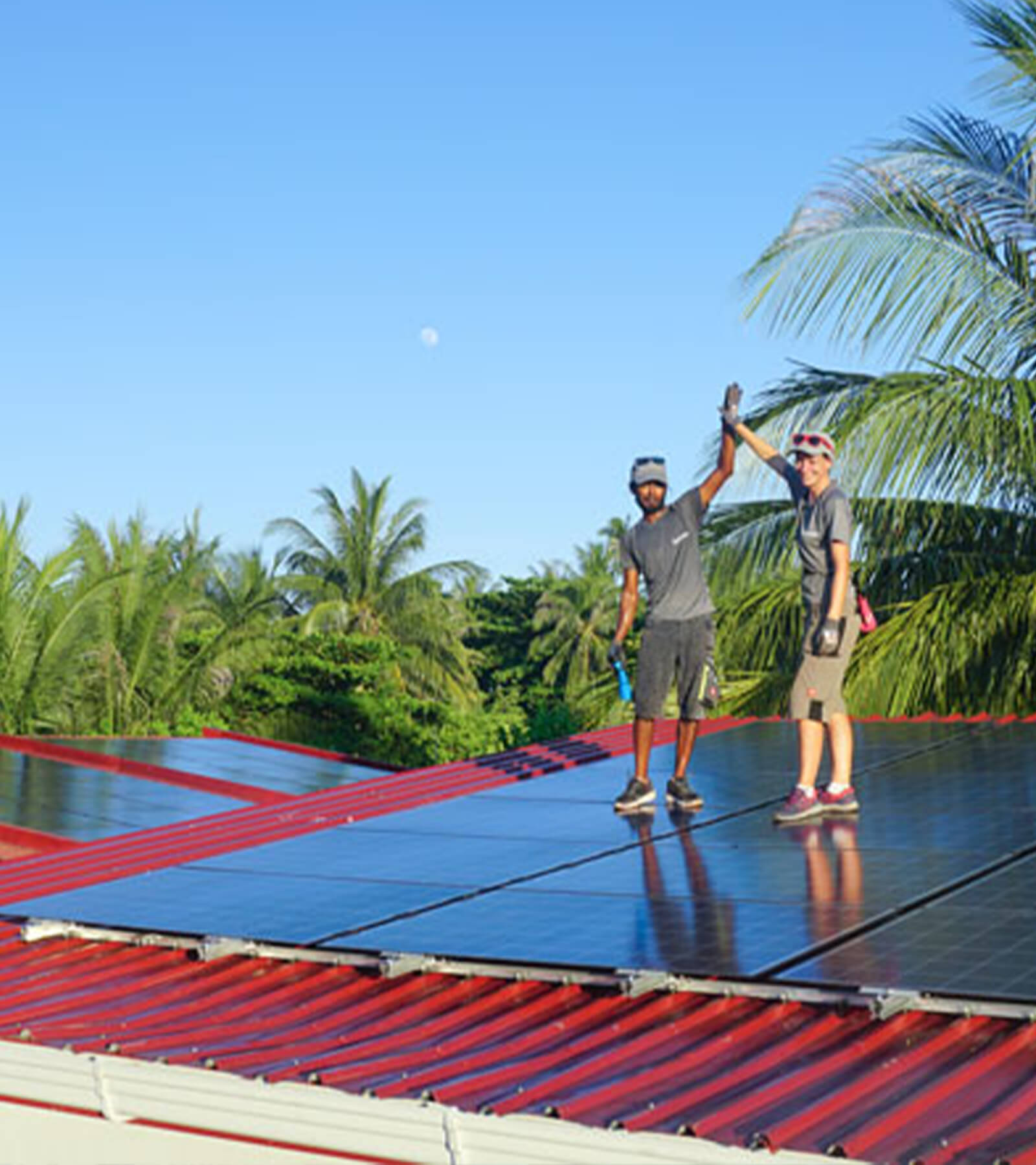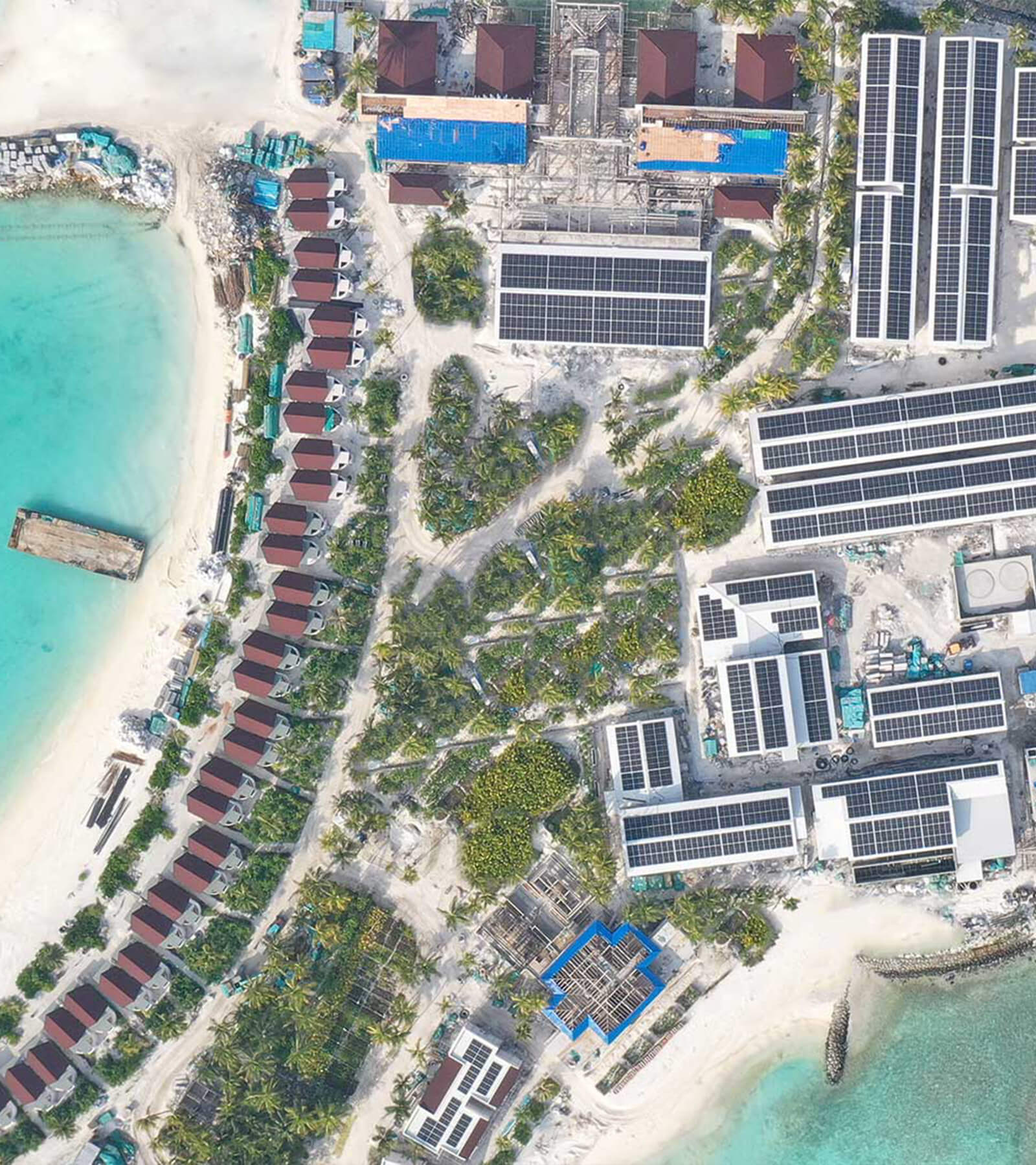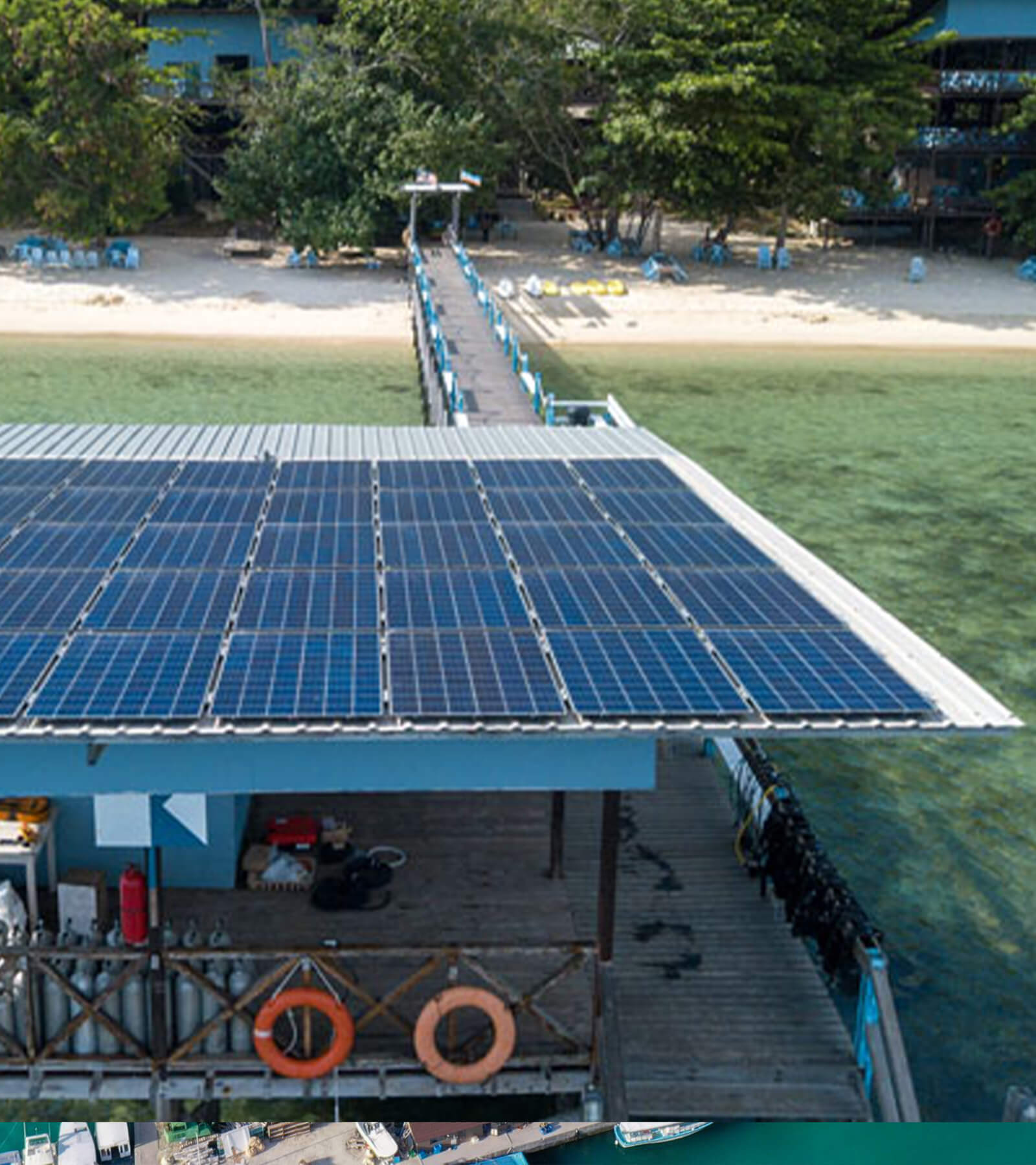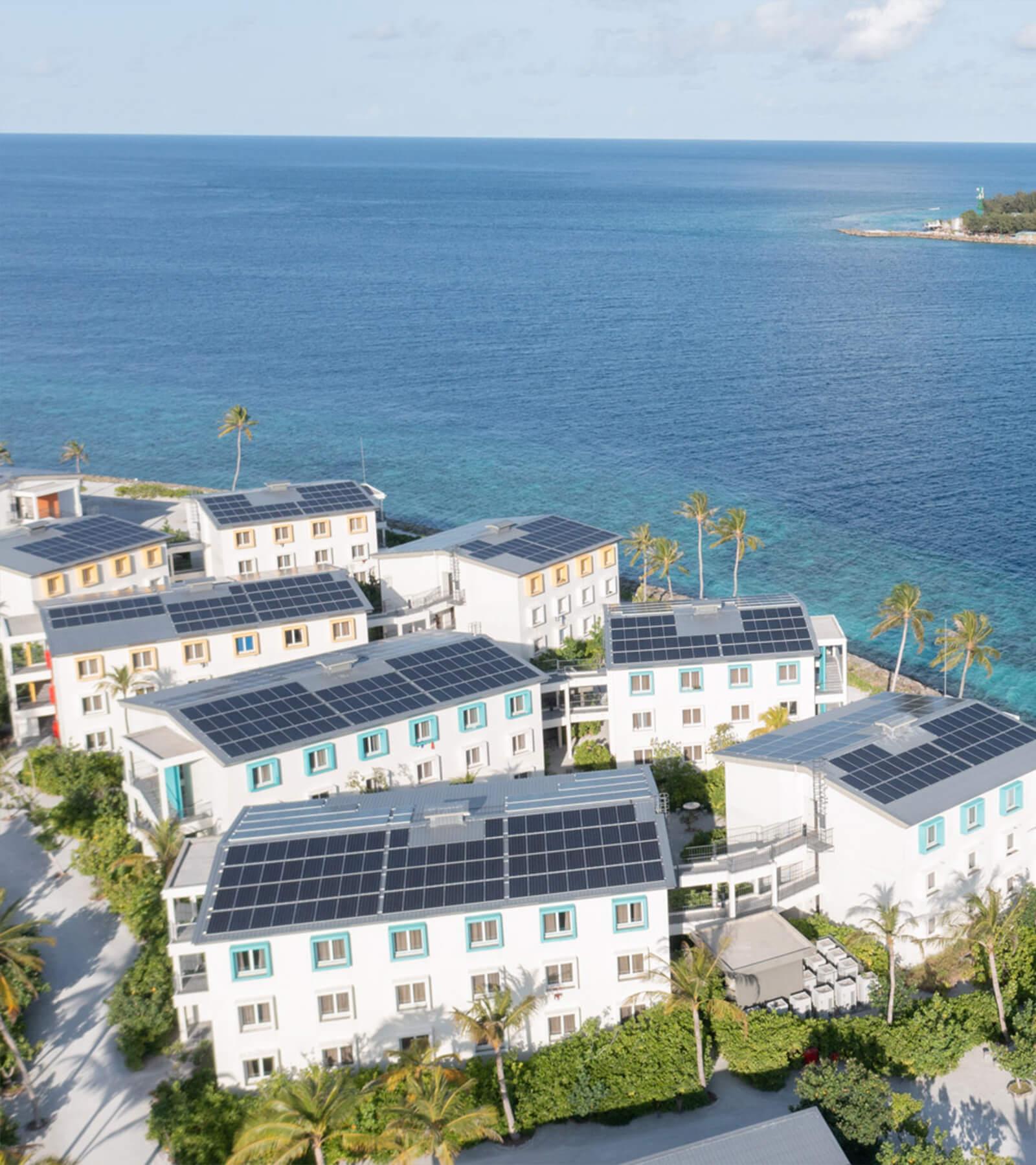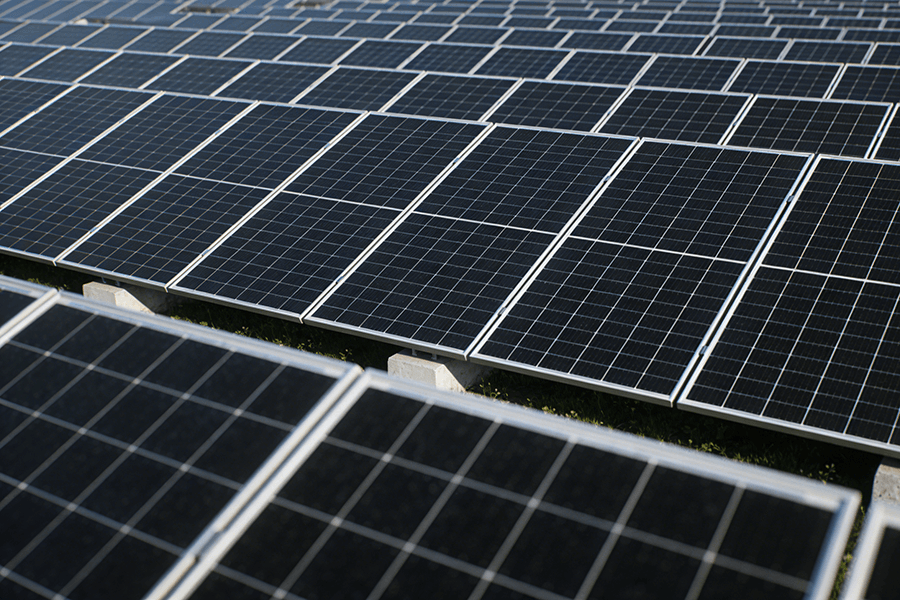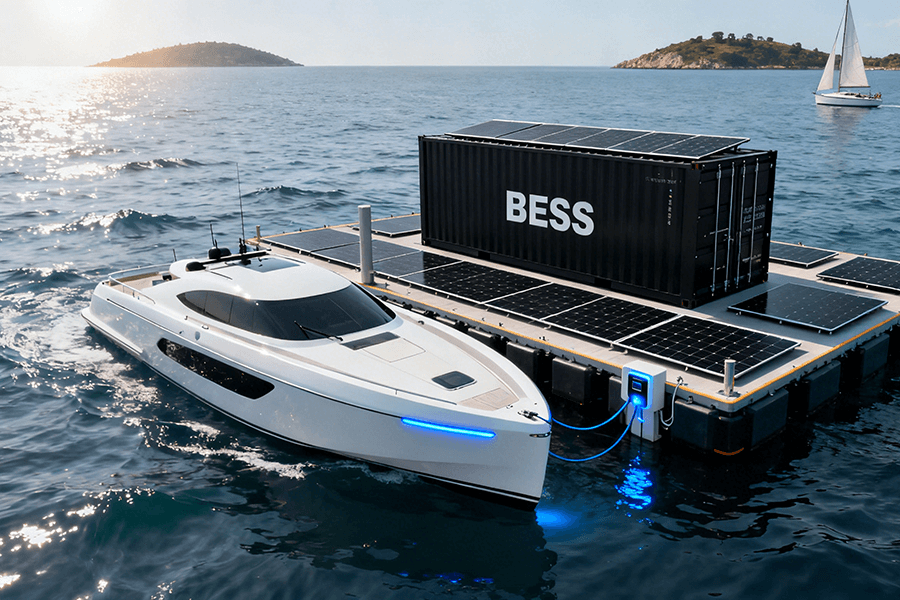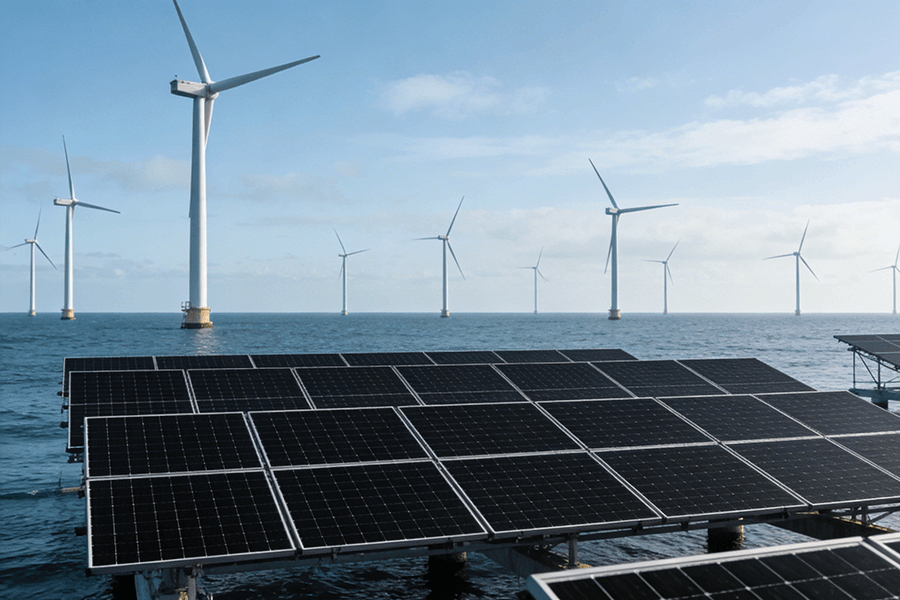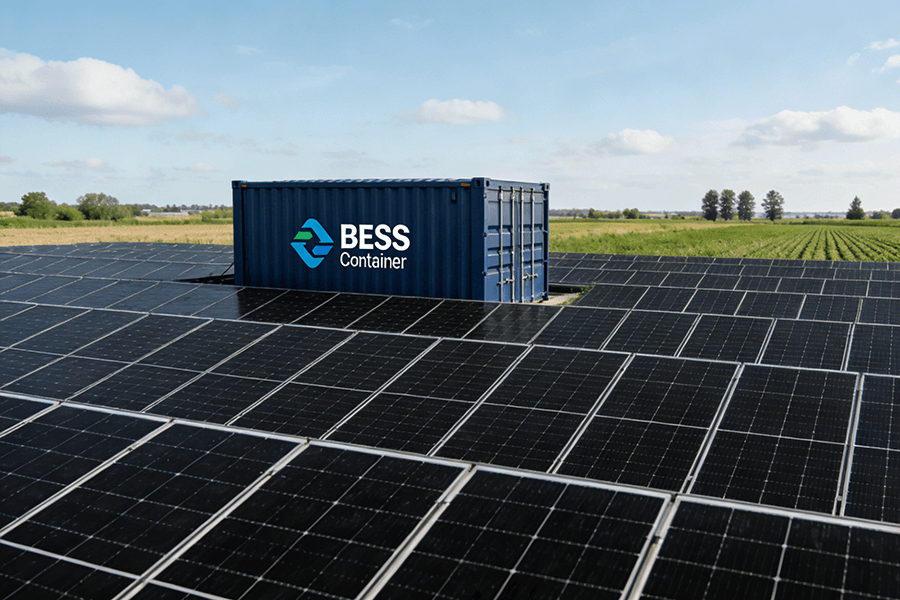
Picture this: It’s 2025, and in the idyllic landscapes of Tuscany, a small village is gearing up for its annual evening festival. As the sun begins to set, casting a warm glow over the cobblestone streets, the village comes alive not with the hum of grid – supplied electricity, but with the silent power of solar energy. Stored within a sleek, container – sized battery energy storage system (BESS), this renewable energy source is about to illuminate the festivities.
There are no concerns about blackouts disrupting the joyous atmosphere, and no need to worry about sky – high electricity bills. Instead, the community is powered by clean energy harnessed from the sun and managed collectively. This isn’t some far – off utopian dream—it’s the new reality taking shape across Italy, all thanks to the ambitious €570M Community BESS Container initiative.
Let’s take a deeper dive into how this groundbreaking project is transforming neighborhoods, empowering them to become self – sufficient, energy – independent powerhouses.
The CER Decree—Italy’s Energy Love Letter to Communities
Italy’s energy policies have always been characterized by a remarkable penchant for innovation. However, the CER Decree has elevated this commitment to an entirely new stratosphere. Picture it as a golden ticket—a 40% discount voucher—specifically tailored for energy communities. This groundbreaking initiative has earmarked a staggering €570 million to construct 1 gigawatt (GW) of distributed solar energy combined with Battery Energy Storage System (BESS) projects.
Why Does the CER Decree Matter?
The significance of the CER Decree extends far beyond the pursuit of environmental sustainability. At its core, it represents a profound shift in the distribution of energy power—literally placing the reins of energy production and management into the hands of local communities.
Under this transformative framework, communities are empowered to:
- Pool Resources: Collaboratively gather financial and human capital to invest in renewable energy infrastructure.
- Install Solar Panels: Leverage rooftops across residential, commercial, and public buildings to generate clean, solar energy.
- Store Excess Energy: Utilize advanced BESS containers to store surplus electricity produced during peak solar hours. This stored energy can then be used during periods of high demand or low sunlight, ensuring a consistent and reliable power supply.
The benefits of these community-led initiatives are multi-faceted:
| Benefit | Description |
|---|---|
| Reduced Fossil Fuel Dependence | By generating and storing their own renewable energy, communities can significantly decrease their reliance on fossil fuels, contributing to a cleaner and more sustainable energy future. |
| Stable Energy Costs | Energy communities can insulate themselves from the volatility of traditional grid prices, providing more predictable and affordable energy for residents and businesses. |
| Support for EU Renewable Energy Goals | As emphasized by the European Commission, these types of community-driven projects are instrumental in achieving the EU’s ambitious 2030 renewable energy targets, as outlined in the EC Renewable Energy Directive. |
Core Analysis 1: Modular Design—Energy Storage’s “Lego Set”
If BESS systems were toys, Italy’s community containers would be the Lego Technic of the bunch. These innovative modular battery energy storage systems (BESS) are revolutionizing the way European communities manage their energy needs. Ranging from 50–500 kWh, these modular units are designed with scalability in mind, allowing them to grow in tandem with your community’s evolving energy requirements.
The flexibility of these modular BESS units makes them suitable for a wide array of community sizes and energy demands. Let’s take a closer look at how different unit sizes can optimize energy self – sufficiency:
| Unit Size | Ideal For | Self – Sufficiency Target | Key Advantages |
|---|---|---|---|
| 50 kWh | Small villages (10–20 households) | 60–70% | Cost – effective entry – level solution; easy integration into low – demand environments |
| 250 kWh | Medium communities (50–100 households) | 80–85% | Balanced capacity for moderate energy needs; supports a mix of residential and small commercial use |
| 500 kWh | Large neighborhoods/urban areas | 90%+ | High – capacity storage for densely populated areas; enables significant grid independence |
Rural villages across Italy are particularly smitten with the potential of these modular BESS units. Take, for example, a small hamlet in Umbria. Initially equipped with two 50 kWh units, the community has been able to achieve an impressive 88% self – sufficiency rate. As their solar capacity expanded over time, they simply added more modules to meet the growing demand.
One of the most remarkable aspects of these modular BESS systems is their ease of maintenance. It’s as straightforward as swapping out a faulty unit, much like replacing a single Lego brick. This means that there’s no need for a complete system shutdown, minimizing disruption to the community’s energy supply.
A 2024 report by the Italian Renewable Energy Agency (IREA) provides concrete evidence of the benefits of modular BESS. According to the IREA Modular Storage Study, these systems can reduce maintenance costs by up to 30% compared to traditional fixed systems. This not only makes them more cost – effective in the long run but also enhances their overall reliability and sustainability.
Core Analysis 2: Policy Synergy—When Subsidies Play Well Together
Italy’s energy policies operate in harmony, much like a well – coordinated symphony rather than individual solo acts. The CER Decree, which focuses on community – based subsidies, pairs seamlessly with the Superbonus scheme. The Superbonus is a highly attractive financial incentive, offering €1,500 per kilowatt (kW) of residential energy storage installed. This combination of policies has created a powerful catalyst for the growth of energy storage solutions in the country.
Superbonus for Homes: A Financial Boost for Individual Households
Under the Superbonus scheme, the financial benefits for residential users are substantial. For example, consider a family that decides to install a 10 kWh battery system. With the €1,500/kW subsidy, this family would receive a staggering €15,000 in return. This amount is often sufficient to cover approximately half of the total cost of the battery installation, making the adoption of home – based energy storage much more affordable and accessible.
CER for Communities: Encouraging Collective Action
When the same family chooses to participate in a neighborhood – level Battery Energy Storage System (BESS) project, the CER Decree comes into play. Through this decree, they are eligible for a 40% discount on the cost of the shared BESS system. This dual – subsidy approach not only rewards individual initiatives but also promotes community – led energy solutions, fostering a sense of collective responsibility and resource sharing.
The Impact: A Surge in Storage Installations
The synergy between these two policies has led to remarkable results. According to the [BloombergNEF 2025 Report](https://www.bnef.com/reports/italy – storage – boom), residential storage installations in Italy have skyrocketed by an astonishing 250% over a two – year period. This growth is not only beneficial for individual households but also for the overall stability of the energy grid. Grid operator Terna has recognized the value of BESS and is actively incorporating these systems to manage and stabilize peak energy demands. As any Italian knows, there’s nothing worse than a power outage during the hot summer months, especially when enjoying a delicious gelato. By leveraging BESS, Terna can help prevent such disruptions, ensuring a more reliable and efficient energy supply for the entire country.
Case Study: Sicily’s Summer Power Revolution
Sicily’s sun is legendary, but its summer grid bills? Not so much. In 2025, a coastal town near Palermo implemented a game-changing solution with the installation of a 1 MWh Community Battery Energy Storage System (BESS) Container, transforming the town’s energy landscape.
Key Achievements:
- Peak Reduction: During the peak summer months of July and August, when air conditioning usage surges, the town witnessed a remarkable 75% drop in grid dependency. This significant reduction not only alleviated pressure on the local power grid but also enhanced the overall stability of the energy supply.
- Cost Savings: The local cooperative, responsible for managing the BESS, reported annual savings of €100,000. These savings were reinvested into the community, with funds allocated towards repairing potholes and establishing a youth solar workshop, fostering both infrastructure improvement and sustainable energy education.
- Emergency Backup: Beyond its daily energy management functions, the BESS proved invaluable during a severe storm. It seamlessly transitioned into a disaster backup power source, ensuring the uninterrupted operation of critical facilities such as the town hall and hospital.
As the mayor aptly summarized, “We used to pay for the sun twice—once in heat, once in bills. Now we’re getting paid back.” This statement encapsulates the town’s shift from being energy consumers at the mercy of high costs to becoming active participants in a sustainable energy future, reaping the benefits of their investment in community energy storage.
How to Start Your Own Energy Community (No PhD Required)
- Gather your crew: Round up neighbors, local businesses, or a parish—anyone tired of unpredictable energy costs.
- Crunch the numbers: Use tools like DNV – ST – 0528 certification (critical for islands like Sardinia) to map solar potential and storage needs ([DNV Standards](https://www.dnv.com/standards/dnv – st – 0528)).
- Cash in on subsidies: Apply for CER grants first, then stack with Superbonus for individual homes.
- Pick a partner: That’s where we come in. At Maxbo Solar (www.maxbo – solar.com), our modular BESS units are built for Italy’s climate—hot, sunny, and ready to work. We handle everything from design to maintenance, so you can focus on planning your first solar – powered community feast.
Because energy shouldn’t be controlled by corporations—it should be brewed in neighborhoods, one BESS container at a time.

